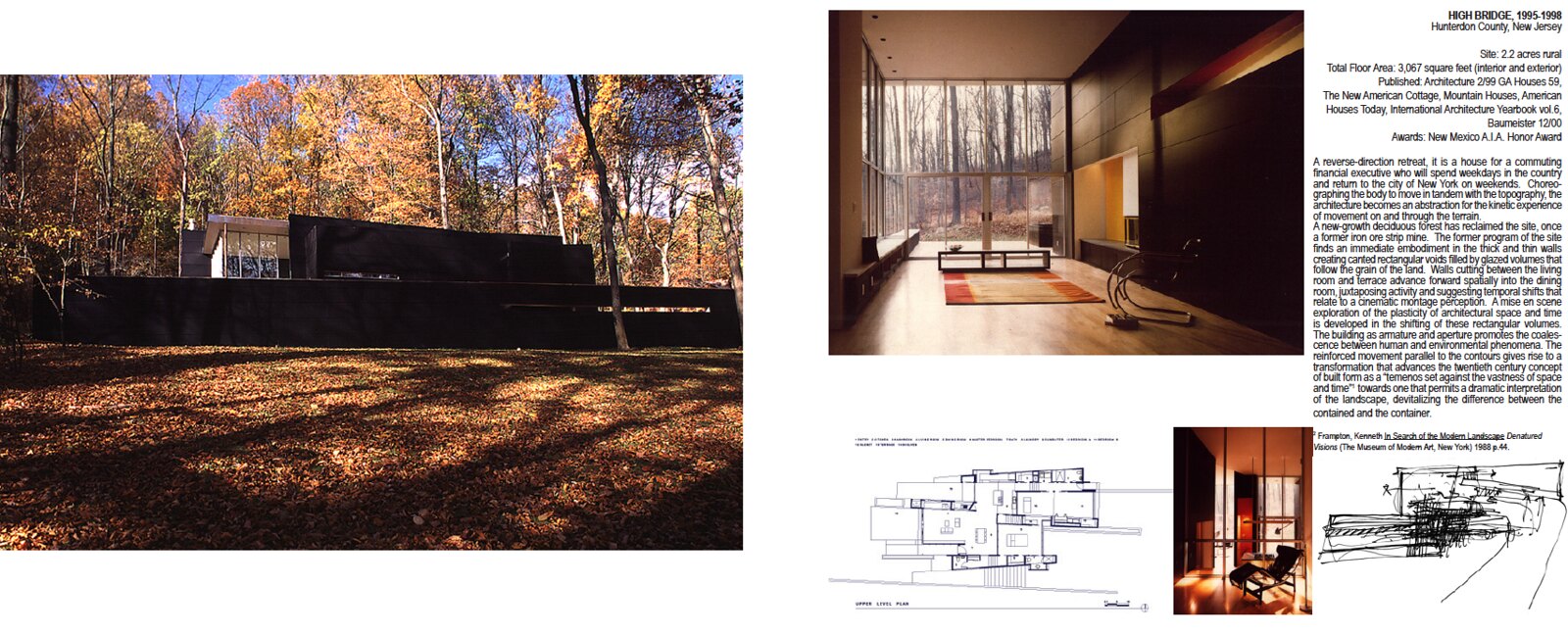Kramer Woodard


Kramer Woodard
Tribute to Professor Kramer Woodard
Retrospective of the inestimable colleague 1954-2019
Tribute to Prof. Kramer Woodard :: A brief, if marginally irreverent, retrospective of the inestimable colleague
Having spent his early childhood in Omaha and with his family’s short residencies in Bountiful, Utah and Las Vegas, Nevada, Kramer made his initial appearance in New Mexico as a twelve-year old. Following graduation from Los Alamos High he began his formal architectural studies at the UNM School of Architecture and Planning, receiving his undergraduate degree in 1984. Displaying his exceptional talent, Kramer subsequently pursued graduate studies - first at Washington University in St. Louis before completing his Master’s degree at Columbia University.
Kramer’s return to the Land of Enchantment led toward employment and, in 1988, his initial teaching appointment at UNM, where he has been actively absorbed with students spanning the subsequent three decades. Remarkably, during his years of engagement with the UNM faculty, Kramer was able to accept a number of short-term visiting appointments as well as visiting critic invitations at prestigious universities throughout the United States as well as Australia.
Passionate about design and a creative force unto himself, Kramer was intrigued with the new and accepted challenges unhesitatingly. Through his own architectural practice, he was the first recipient of the prestigious Harnar Award for Contemporary Architecture in New Mexico - this for a private residence he designed near the UNM campus.
Indeed, Kramer’s reputation often preceded him. Prior to my scheduled arrival as the new dean in 1999, Antoine Predock (for whom Kramer previously worked) had counseled me that I should quickly seek out Kramer, and fully understand that he was an exceptional designer and, moreover, was without peer in design studio instruction at UNM.
His long-time colleague, Professor Emeritus Christopher Mead, elaborates; “Kramer was skeptical of glossily superficial, stylist approaches to design: architecture for him was to be derived more rigorously yet poetically from the analysis of site, tectonics, and typology. He consistently demonstrated that he had one of the best minds in the school: thoughtful, informed, perceptive, sharp. Architecture and both its practice and its teaching were simply too important for him to pretend indifference. I, for one, saw the commitment to his discipline that lay beneath the surface of his sometimes prickly personality. So did his students.”
Enigmatic to a few of us and seemingly unbridled on occasion, but with a quick and engaging sense of humor, what Professor Woodard’s colleagues perceived was a commanding and multi-faceted disposition; if at times restless and undeterred in seeking the “road less traveled.” At an imposing 6’7” (and not distinguished as being modest), Kramer easily stood out in a crowd, and at our faculty meetings. Here Kramer could be insightful, imposing, challenging and provocative – all in a single sentence! And with that, most assuredly, to our program’s benefit.
I was intrigued, often surprised, by the breadth of Kramer’s interests - his restoration of autos and his enjoyment of music for example. Kramer loved guitars and performed with a small band that he had organized. Before his passing in February, he was actively perusing a unique prefabricated wall system – an area of applied research where he had received three patents.
A near mythical critic in the graduate studio, design students remember Kramer as being unambiguous in his opinion about the quality of their work, while also peppering the class with not infrequent and impromptu “mini-lectures.” The best students would seek to have Kramer as their instructor, and typically were rewarded with remarkable accomplishment by the semester’s end and, subsequently, gratifying careers.
As Mead also commented; “I have heard from many of Kramer’s students since his sudden death, and they have expressed a common theme: yes, Kramer could be difficult, but he was also one of their best and most substantive teachers, even if this realization only came to them after they had graduated and had gone to make their own careers. They had to grow into what they learned from Kramer.”
Kramer’s former employee and now the chair of our Landscape Architecture Department, Prof. Katya Crawford adds this parting thought: “Kramer, with a distinct and powerful personality, was a larger-than-life force in our worlds. He could craft a story as beautifully as he crafted his architecture. Through his work, his mentorship and his teaching, he made an indelible mark on hundreds. To say he was one of a kind is an understatement.”
As we continue to unravel the many defining, if complex, attributes of our memorable colleague, we shall certainly feel the void with Kramer’s passing and the loss of his myriad and significant contributions to the academy. We miss you, Kramer!
Roger Schluntz, FAIA
Professor and Dean Emeritus
